 The yellow spathe sits inside the redish/purpleish spadix The yellow spathe sits inside the redish/purpleish spadix Beginning in late winter, the eastern skunk cabbage (Symplocarpus foetidus) is first of our wildflowers to emerge from the cold snow covered ground. Through its rapid growth, its cellular respiration can melt the snow around it reaching up to 60 degrees Fahrenheit! The skunk cabbage gets its name from the smell emitted from the spathe (reddish brown thing generally after disruption or bruising. This smell is important as it attracts the flies that will then pollinate the spadix (round yellow ball that sits inside the spathe). By late spring, a tight roll of bright green leaves emerge from next to the spathe, slowly unraveling into huge green cabbage-like leaves that will blanket the wet and wooded area where it grows.
0 Comments
A native to the Eastern US, the Cutleaf Toothwort (Cardamine concatenata) is an early bloomer in the spring wildflower season.
Found primarily in moist woodlands, flowering from April - June, it can be properly identified by the sharply-toothed, deeply-lobed leaves. Flowers bloom in clusters, four petals per flower generally white, but can be white tinged with pinks or purples. The leaves and rhizomes are both edible, raw or cooked. Supposedly the taste is peppery - reminiscent of horseradish but remember it's illegal to take any part of plants from public parks or nature preserves. The bloodroot should begin to bloom anytime in the next few weeks here in mid-northeast Ohio, being found along stream edges and in damp woodland areas. They can be identified by their beautifully symmetrical 8-10 petaled stark white flowers with a bright golden sometimes orange center. What's most unique about this flower is the flower will rise up and bloom before its leaves unfurl. The flower, once blooming, only lasts a few short days, closing at night and on cloudy days.
The name bloodroot comes from the red fluid from the underground stem; native americans once used the dye from this plant to color baskets, clothing, and to use as war paint and insect repellant. Erigenia bulbosa, aka Harbinger-of-Spring, aka Salt-&-Pepper Plant, is one of (if not) the first wildflowers to bloom. It is native to the Eastern US, blooming anytime from January to May among the leaf matter in deciduous forests.
Wood Anemone (Anemone Quinquefolia) is a delicate spring wildflower rising up from a stalk which has basal leaves and a whorl of 3- to 5-parted leaves at its apex.
With the flower sitting on top a long stalk, it has a tendency to tremble in the breeze giving it the secondary name "Wind Flower". Blooming April - June in wet 'mucky soil' forests. One of the more unique places I enjoy spending my time is at Brown's Lake Bog. A sphagnum moss covered bog which hosts a variety of unique and interesting plant life. In the span of a week a whole new variety has bloomed. April 5th 2016 Week one the cut-leaf toothwort is in bud form, the fiddleheads are just starting their awakening, the carnivorous pitcher plants are opening their tiny red cups, the mayapple are sprouting widely, and the ground ivy is blooming the vibrant purple blue that it does. While walking along, we saw a Brown Creeper and a Yellow Crowned Kinglet (bird species I had never seen before)! There were also a herd of deer, various chipmunks, and the occasional peeping frog singing. April 13th 2016 One week later we find the first sign of the roundleaf sundew (carnivorous), more activity with the pitcher plants, as the water warms further along more fiddleheads are rising from their sphagnum moss mounds, spring beauties blanket the forest floor, turkey tail fungi welcomes the sun, tracks of a raccoon friend imprinted in the mud, cutleaf toothwort opens, in the distance you can see the green moving in, somewhere amongst these trees is a brown creeper, the teeny tiny kidney leaf buttercup opens its first bloom, the teeny white flowers of the chickweed are now visible, green everywhere, and lastly the dead nettle shows off its purple shades. What a time to explore! The Trout Lily (erythronium americanum) has just started its spring bloom here in north east Ohio, it can be clearly identified by its mottled leaves with which it receives its name - said to resemble the coloring/patterning of that of a speckled or brown trout. Each flower arises from a set of two leaves upon a stalk bearing only one flower. The outer flower appearing bronze and the inner a bright yellow.
It is sometimes known under the common name Dog Tooth Violet due to the toothlike shape of the underground bulb. However, since it's not part of the violet family this is a confusing nomenclature (let's just stick to trout lily). There is also a White Trout Lily (erythronium albidum) which bears similarly patterned leaves but are more narrow and the flower is white (sometimes tinged lavender). Bloom time for the white trout lily is generally Feb. - April. |
AboutSince 2015 we have been exploring and sharing all the amazing things we’ve found in nature. AuthorEmily is an Ohio Certified Volunteer Naturalist who is most often found out in the woods. Archives
June 2024
Categories
All
|

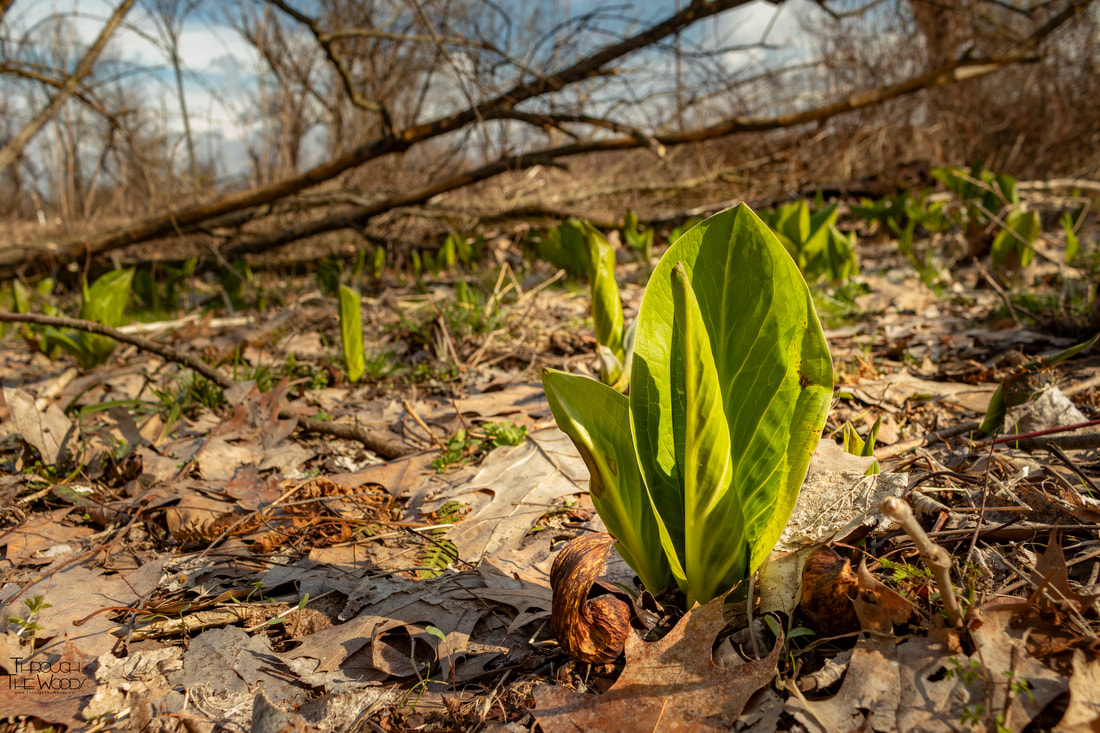
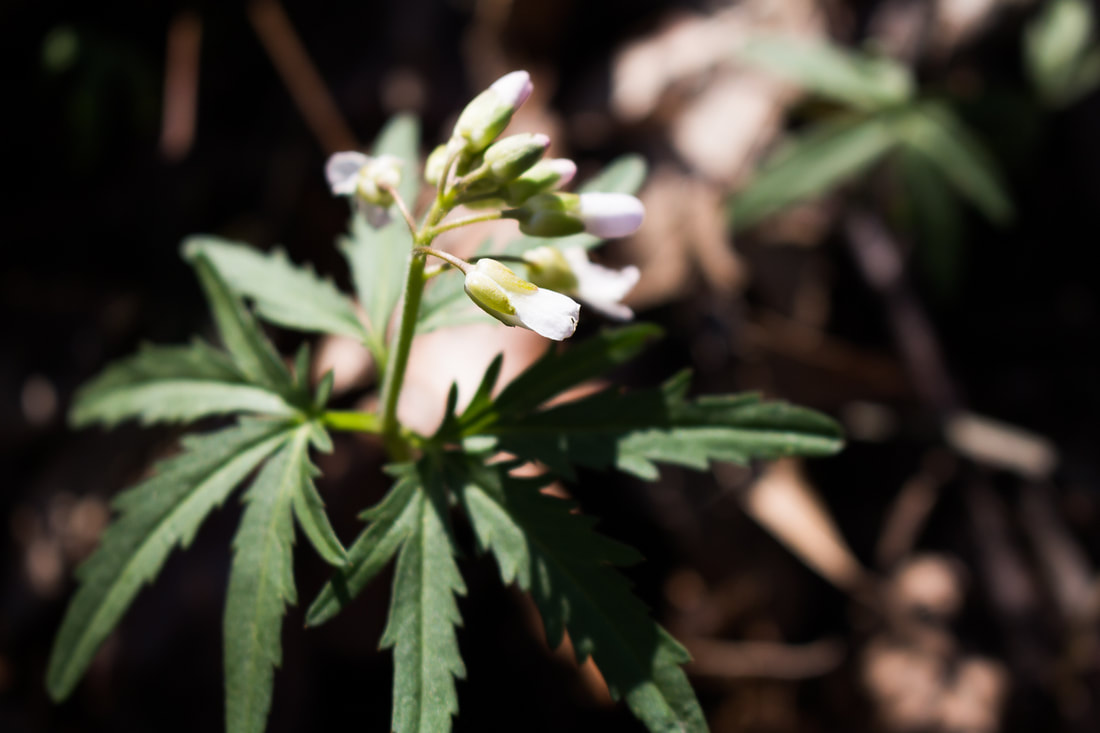
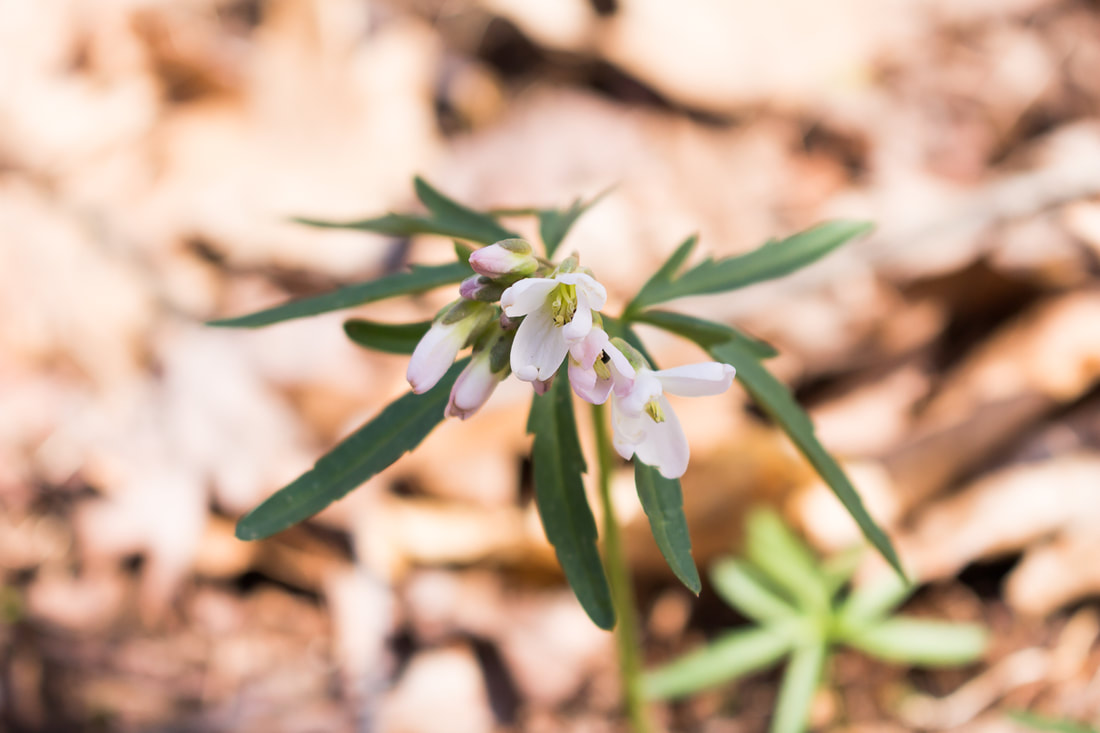
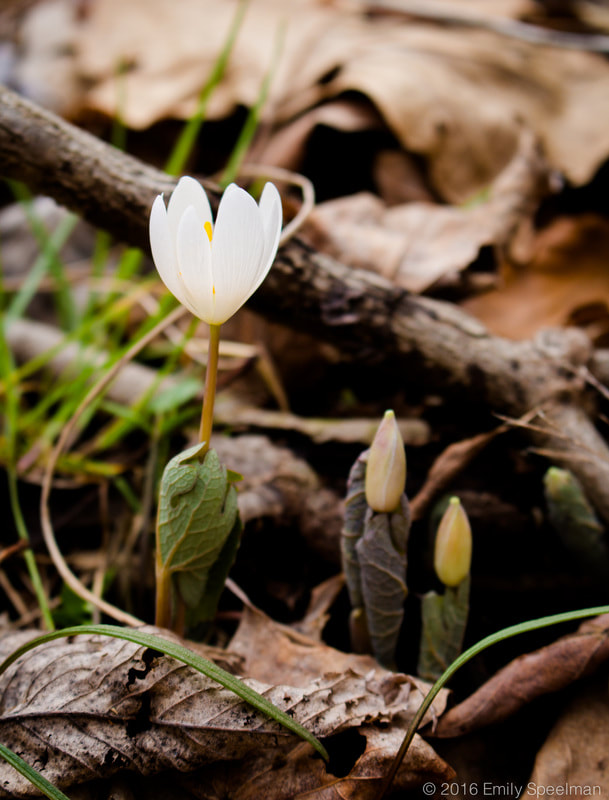

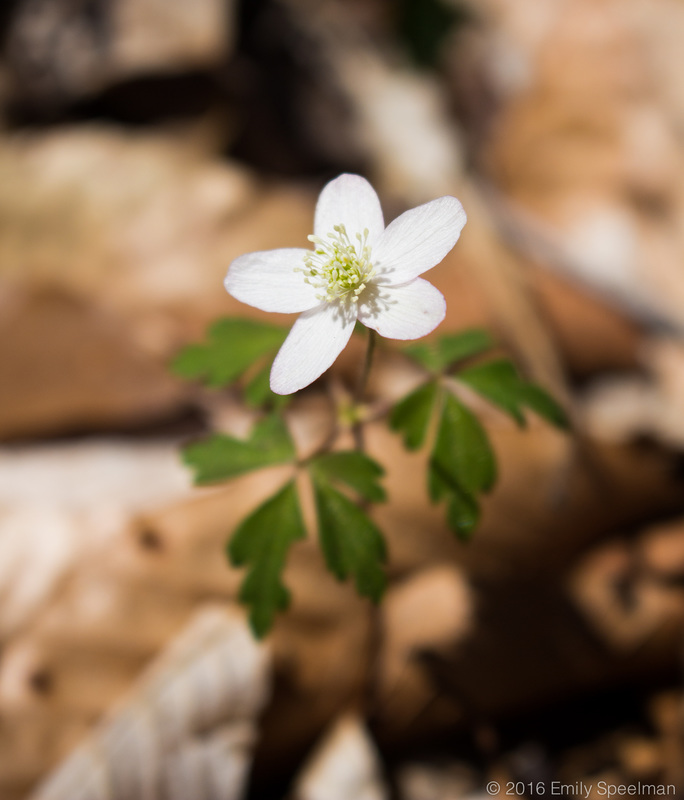
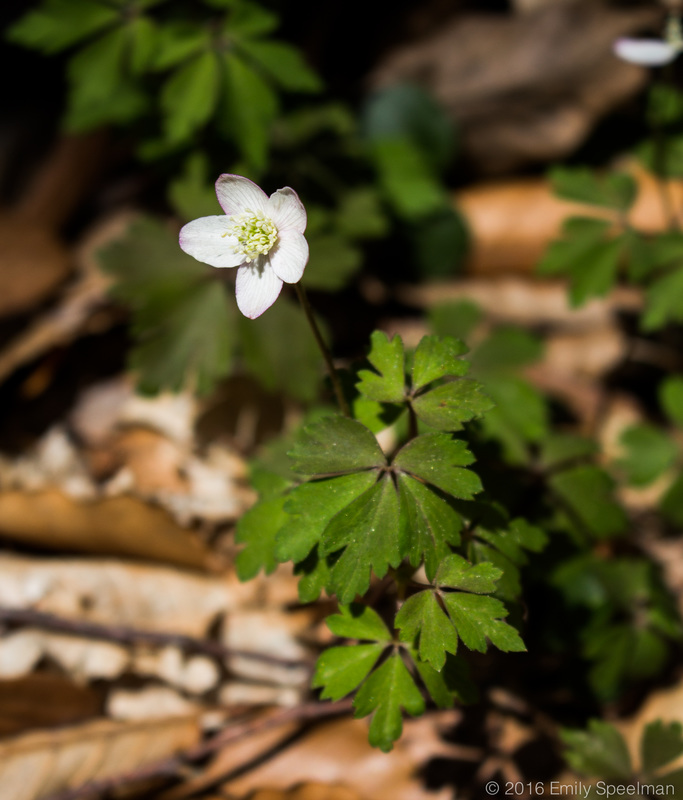

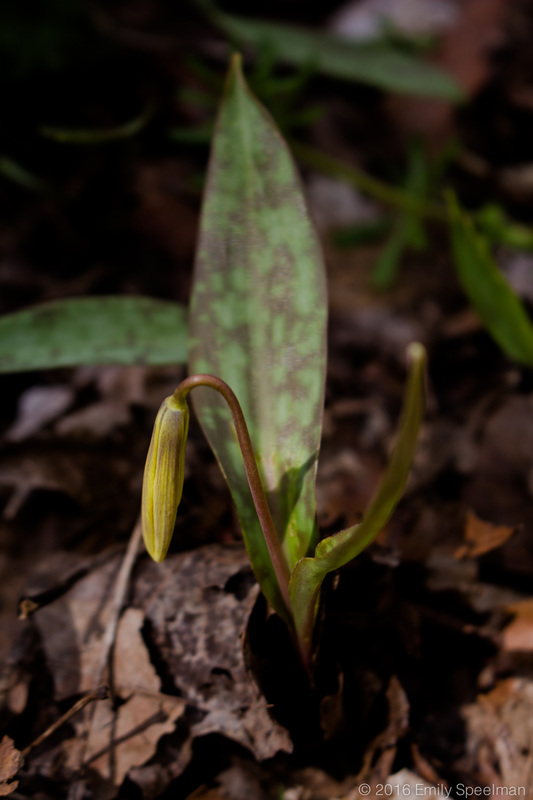
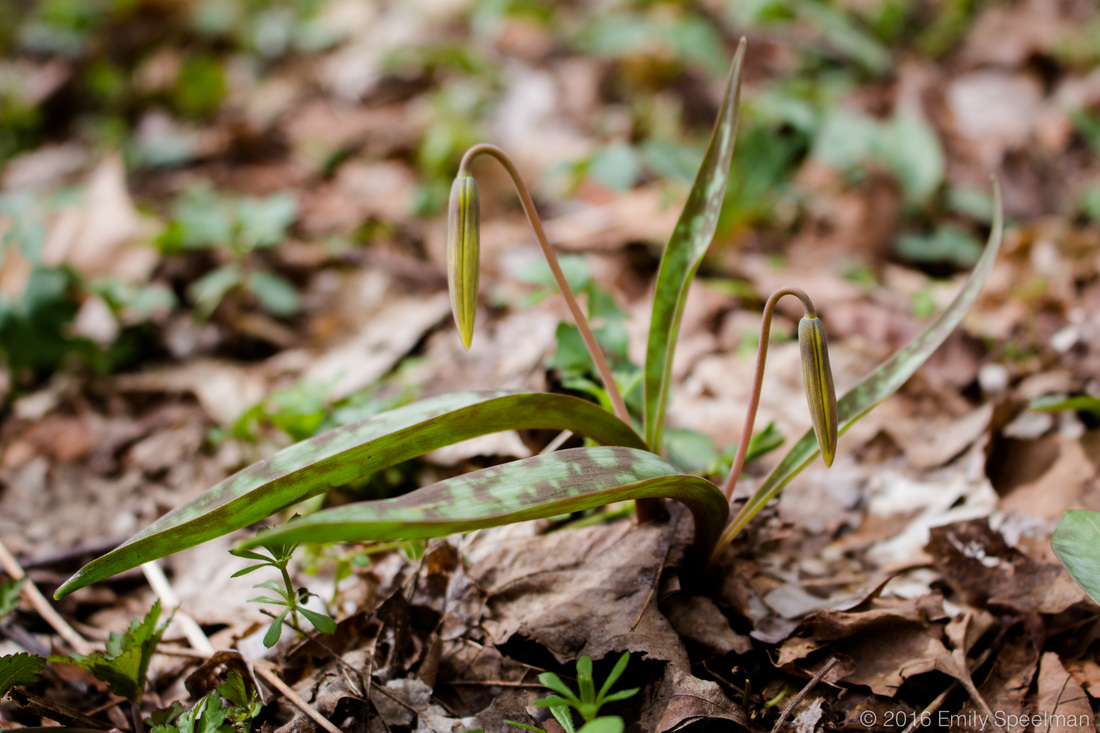

 RSS Feed
RSS Feed